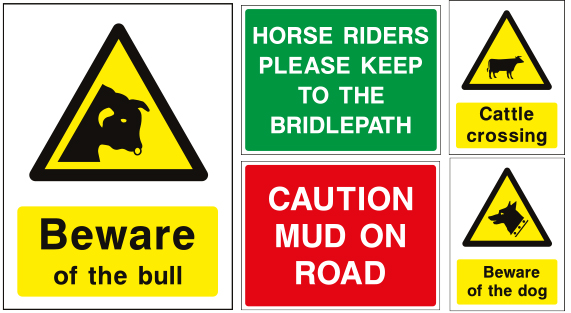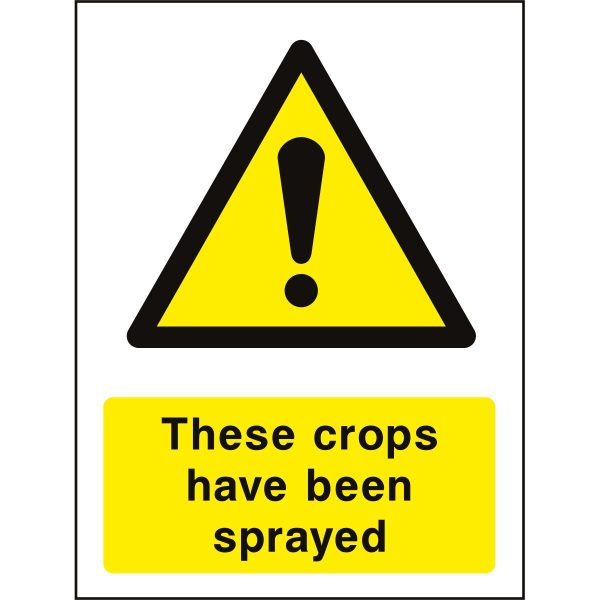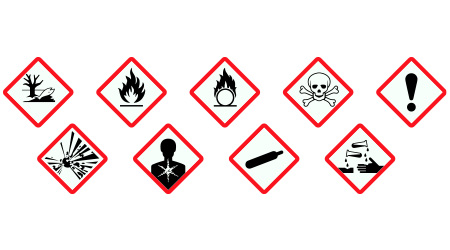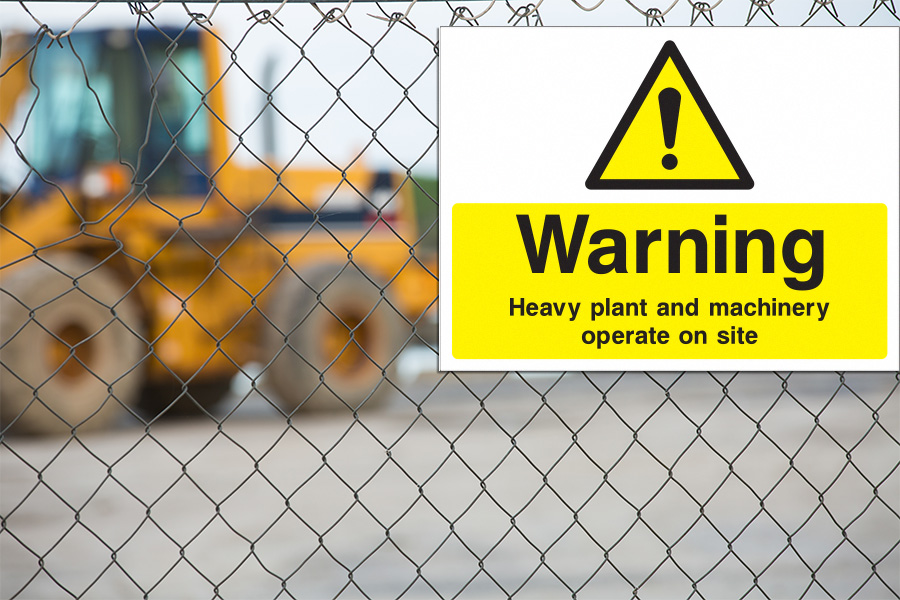Agricultural Signs

horse riders sign, bridle way sign, agricultural signage, farm signs,warning bull, warning dog
More Than Just Markers
When picturing a typical farm, one might conjure sprawling fields dotted with crops, rustic barns echoing with the sounds of livestock, tractors trudging along, and farmhands at work. Yet, amidst this bustling backdrop, there lies a quieter, but equally integral component: agricultural signs. These are not merely symbols or directions; they embody a deeper meaning. They represent a farm’s character, its unwavering dedication to safety, and its journey straddling the lines of tradition and cutting-edge progress.
Unravelling the History of Signs in Agriculture
Journeying back through the rich tapestry of agricultural history, it becomes evident that signs have held their place of importance from time immemorial. Ancient civilisations, with their profound respect for land and agriculture, crafted rudimentary markers. These were essential tools, used to delineate land boundaries, signify ownership rights, or occasionally to commemorate the joy of a bounteous harvest. As decades turned into centuries, the design, materials, and aesthetics of these signs have transformed. Still, their core purpose of facilitating communication and establishing clear demarcations has remained ever steadfast.
Safety and Clarity: The Undeniable Duo
Farms are vast landscapes of ceaseless activity. Within them, the need for clear communication and safety directives becomes paramount. This is where agricultural signs play their pivotal role. They offer unmistakable pointers about areas off-limits to the uninitiated, sound out warnings against potential hazards, and instruct on the proper operation and parking of heavy machinery. Their vibrant hues, easily decipherable symbols, and succinct wording ensure that their messages are immediately grasped. This is vital, ensuring that everyone, from a long-time farmworker to a newbie visitor, is equipped with the knowledge they need to navigate safely.
Farming in the Age of Branding
In today’s era of heightened consumer awareness and the increasing preference for organic, locally-sourced produce, farms have evolved beyond being mere providers. They’ve emerged as distinct brands, each with its unique story and value proposition. Agricultural signs play a vital role in this transformation. A beautifully crafted sign at the entrance, or placards that spell out the specialty of the produce or the uniqueness of the farming methodology, can create lasting impressions. They don’t just convey information but weave a narrative, helping farms establish a distinct identity in a marketplace teeming with competition.
The Blossoming World of Agritourism
Modern farms have extended their horizons beyond traditional agriculture. They’re increasingly opening their gates to the public, allowing for a unique experience called agritourism. Here, city dwellers and families seeking a rustic escapade flock to farms to get a firsthand taste of farm life. In such interactive environments, agricultural signs don the hat of guides and storytellers. They help visitors navigate through varied terrains, introducing them to a plethora of crops, animals, and farming techniques. More than mere indicators, these signs weave tales of the farm’s history, its ethos, and its vision, ensuring visitors depart with enriched knowledge and cherished memories.
Eco-conscious Signs for Sustainable Farming
As the global narrative shifts fervently towards environmental conservation and sustainability, agricultural signs are resonating with this change. Modern signs often use eco-friendly materials, minimising environmental impact. Beyond that, they proudly display a farm’s green initiatives, be it rainwater harvesting, organic cultivation, or wildlife conservation zones. These signs not only champion critical environmental causes but also amplify the farm’s unwavering commitment to preserving nature and adopting sustainable practices.
Legal Ties and the Role of Signs
Agriculture, though rooted in nature, is not free from the bindings of legalities and regulations. Several laws mandate the display of specific signs, especially those that pertain to safety protocols, the use and storage of certain chemicals, or restricted zones. By ensuring these signs are displayed prominently and updated as per changing regulations, farms project an image of responsibility and professionalism. This adherence not only avoids potential legal pitfalls but also garners trust from both workers and consumers.
Embracing the Future: Technological Integration
The relentless march of technology has left no stone unturned, and agricultural signs are joining this digital parade. Modern-day farm signs are increasingly showcasing features like interactive digital displays offering real-time updates, or QR codes that, when scanned, transport the user to a detailed digital platform explaining farm practices. This amalgamation of traditional signage with digital innovations ensures that farms remain rooted in their rich history while also embracing the tools of the future.
The Silent Narrators of the Agricultural Saga
Drawing the curtains on our exploration of agricultural signs, one fact stands out resplendently: these signs are the silent custodians of the farm’s tale. With their presence, they bridge ancient practices with modern innovations, natural processes with technological advancements, and safety directives with stories of legacy. For any farm, be it a small family-owned plot or a sprawling commercial enterprise, agricultural signs serve as anchors, grounding the operations in authenticity while guiding them towards future possibilities. As the sun sets over the horizon, casting a golden hue on the fields, one can almost hear these signs whispering tales of past endeavours, present endeavours, and dreams for the future. They are, without a doubt, integral pieces in the intricate mosaic of agriculture, echoing the heartbeat of the land and those who nurture it. Contact our friendly and professional team today.







